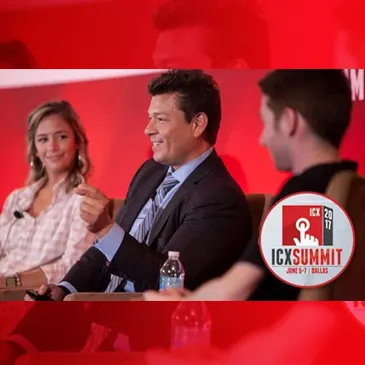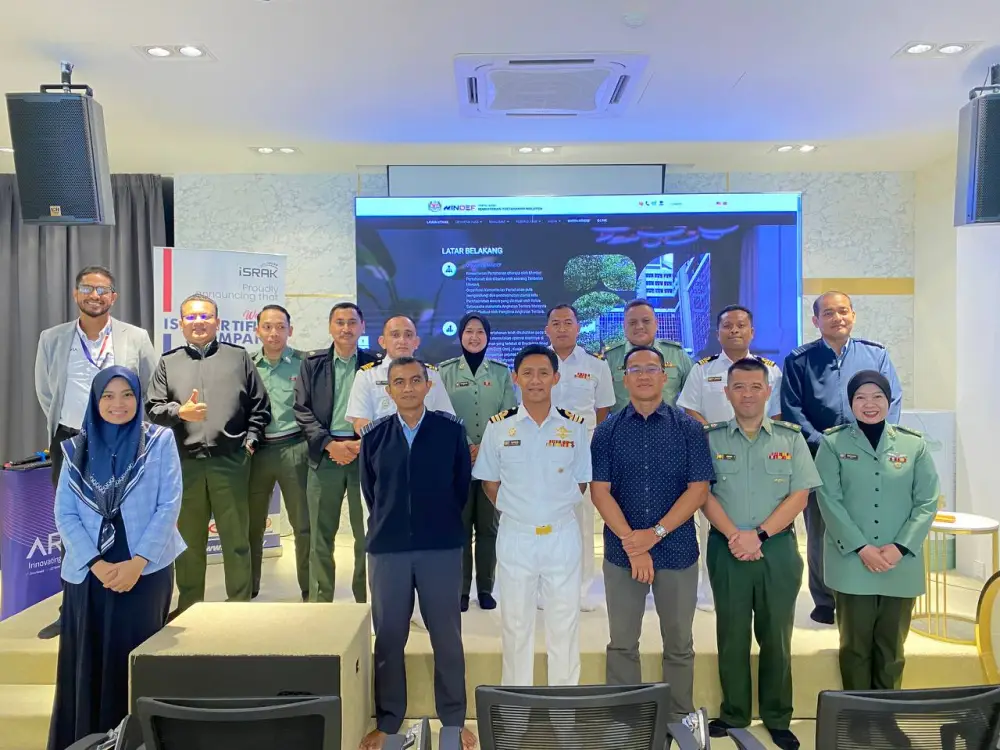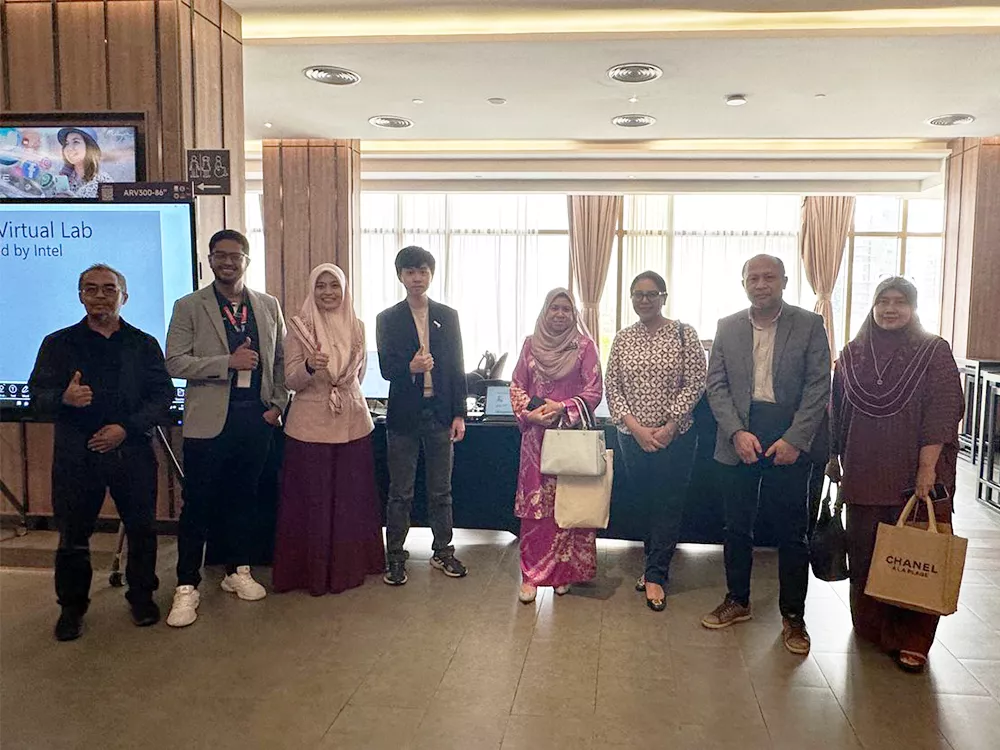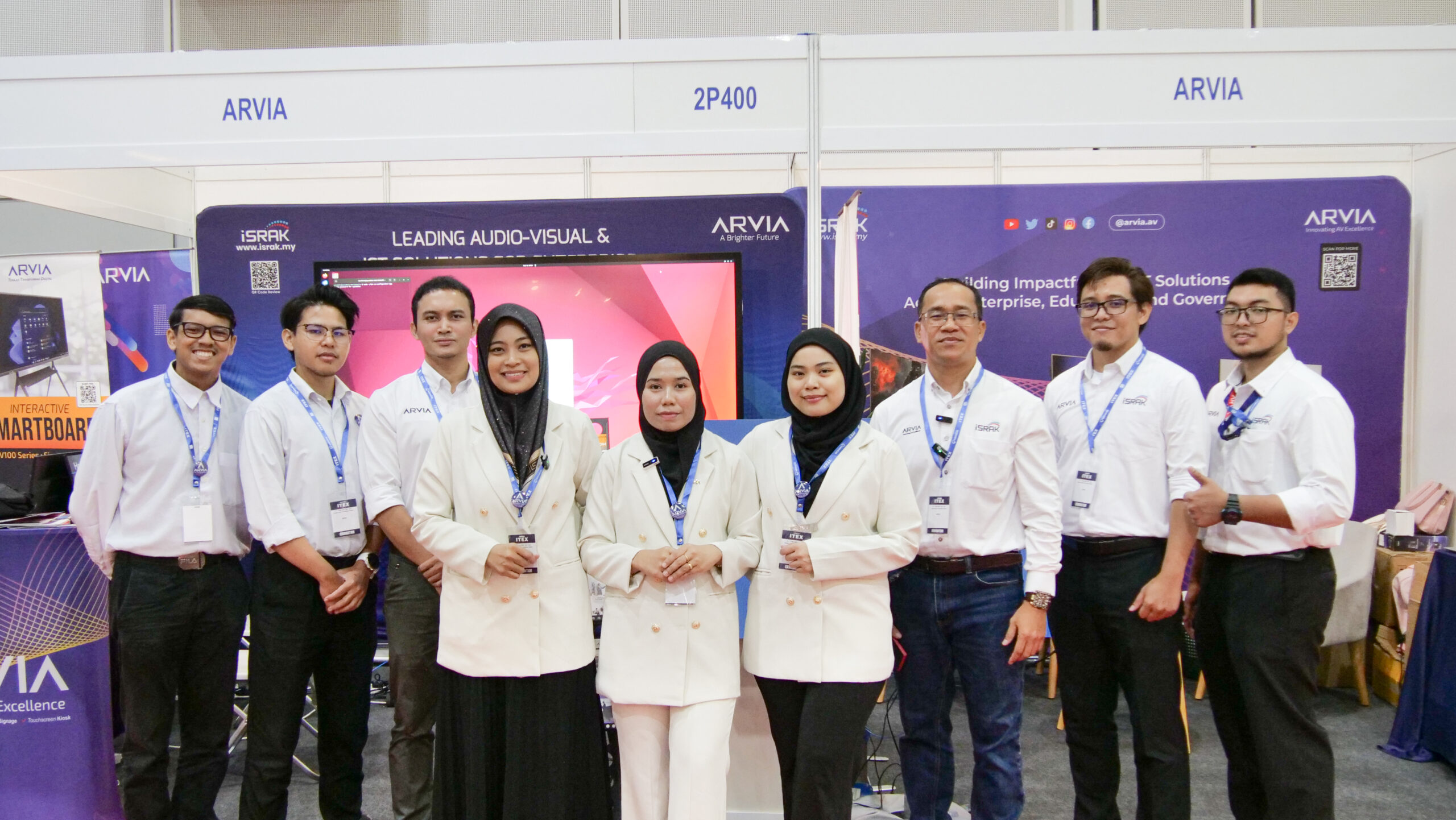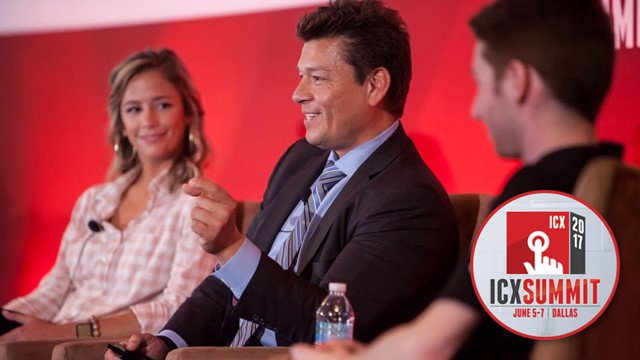
Brick and mortar retailers implementing interactive ordering options for customers need the full support of their employees for the solutions to be successful. Achieving employee buy-in needs to be part of the project from the beginning, according to a panel that addressed this topic during the Interactive Customer Experience Summit in Dallas.
Anna Duffy, marketing strategist and brand culture ambassador at Taziki’s Mediterranean Café, said it was important not to have a “siloed” approach to introducing technology such as mobile and online ordering. The siloes referred to the different departments within a company – sales, marketing, accounting, inventory, etc. – that once worked apart from one another.
Joining Duffy on the panel were Rick Moreno, senior vice president of innovation and distribution at Little Caesars, and Jeff Livney, chief experience officer at Grab, a mobile platform provider. Kent Savage, CEO and founder of Apex Supply Chain Technologies, was moderator.
In search of employee buy in
The panelists discussed the ways their companies achieved employee buy-in for making their interactive customer technology implementations successful.
Duffy’s company recently introduced mobile and online ordering. She said in the research stage, the company went slow to make sure all employees were on board.
Moreno echoed Duffy by saying communication achieves employee buy-in. He also said he, as the innovation leader, likes to engage the operations side of the business early on, even though operations and innovation are often antagonistic. He said there is always a crossfunctional team when engaging in new technology projects.
This is important, Moreno said, because when introducing new systems, it’s possible to create a pain point when you remove one.
Little Caesars is currently introducing a new Hot N Ready Zone that utilizes digital menu boards. Moreno said the next evolution is to use technology to create even more brand differentiation.
In deploying mobile and online ordering, Taziki’s Mediterranean Café introduced new technology. Duffy said the company found it helpful to eliminate the old technology so employees would not continue to use it instead of the new system.
Grab, in deploying the new interactive platform at Delaware North stores in airports, made a point of not relying on the store employees to teach each other how to use the system, Livney said. Grab took full responsibility for this task. The store employees were glad to know they could rely on the Grab employees for the implementation.
The panelists said their deployments were successful.
Livney said self service accounts for most transactions at the airport concessions where these options are offered. In addition to providing a customer convenience, Livney said the digital platform provides the concessionaire more customer data and more operational efficiency.
The mobile and kiosk ordering increased tickets through intuitive upselling, increased speed of service, improved order accuracy and enhanced staff utilization.
Innovation continues
Asked what new innovations are in the works, Livney said his company is working on allowing customers to order online and have food delivered at the airport gate. They are also exploring having pickup lockers at the gate.
Moreno said successful new technology requires a willingness to fail.
“With innovation, you have to be able to accept failure, especially in the early stages of a project,” Moreno said. “Once you accept this, the possibilities are endless. You need a system to be proactive and react to change.”
The panelists reflected on the fact that four and five years ago, touchscreen kiosks were new to most consumers. Now many consumers are used to using them.
The fact that companies are now expanding self-serve kiosks gives technology providers reason to continue their quest for more innovative solutions.
